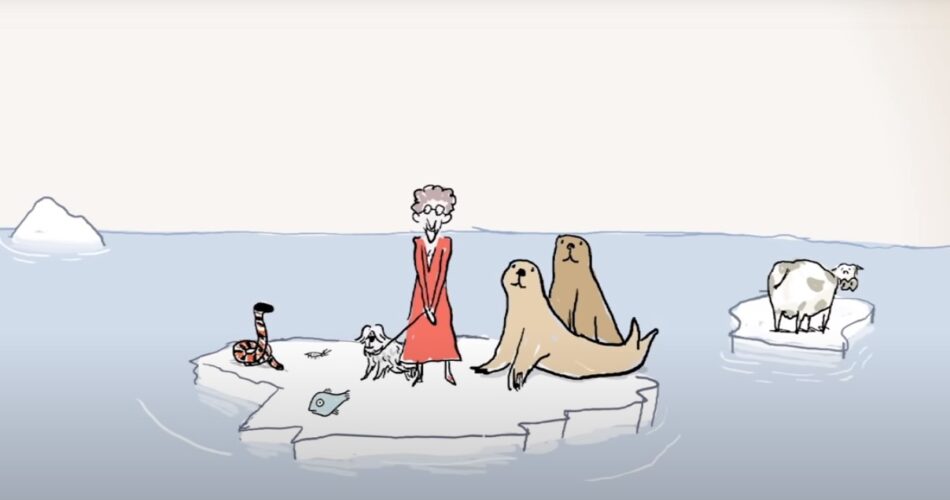What are the world’s most dangerous farts?
During a Ted-Ed conference, it was shown a short animated video about farts. The title is self-explicative, “The world’s most dangerous farts”. The short toon gives an overview of farts, starting from the ones of human beings to the ones of animals, explaining how, in the animal world, they are everything but funny or offensive.
The project is by Nick Caruso and Dani Rabaiotti, an ecologist and a zoologist who are not new to these quite unusual themes. We already talked about them here, referring to their book “Does it fart?” in which they describe the peculiarities of animal farts, as well as of their butts. The duo is not new to this kind of animal perspective, which is always interesting and funny. Just think of some of their other titles such as True or poo, or Believe it or snot.
In this animation, however, the cartoon shows how farts are used in the animal world through a short and amusing story where many notions are clarified and they also make a point about global warming.
The video begins by showing how farts, for humans, are only a matter of relief, embarrassment, or amusement, while in the animal world these aspects are completely absent. On the contrary, their farts are means used to intimidate, defend themselves, or as weapons, although rarely lethal.
In the first example, seals and sea lions are shown, whose farts are really foul because of their diet consisting of fish and shellfish that produces a lot of sulfur, which smells like rotten eggs when expelled.
The eastern hognose snake, on the other hand, uses farts as a strategy to scare off predators. It fills its cloaca (a sac used for urination, defecation, and reproduction) with air, and then expels the gas against its enemies.
Another example is an insect, like the beaded lacewing larvae whose farts, however, are silent and often deadly, especially for termites. Its flatulence, in fact, produces a chemical substance called allomone which allows this bug, with a single emission, to paralyze many termites or kill them outright. In any case, the effect of paralysis allows the beaded lacewing larvae to have a lot of time to devour the helpless prey.
However, there are cases in which holding in farts is harmful to the animal itself: this is the case of the Bolson pupfish, a freshwater fish that feeds on algae and organisms of the sediment. So, during summer, these algae produce a considerable amount of gas that forces the fish to expel them, otherwise, the pupfish would float to the surface and end up being prey for birds. But this is not the only problem. An excessive amount of gas can, in some cases, even make their digestive system burst leading them to death if they do not manage to expel the gas in time.
Animal farts are not directly dangerous to humans. However, there are some cases, such as the 2015 incident on a plane that was forced to make an emergency landing due to a tripped smoke alarm, which was later found to be due to the burping and farting of 2,000 goats in the hold, where they had a close call.
However, the biggest problem comes from the world’s most dangerous farts, which unexpectedly come from common cows. There are one billion cows in the world, most of which are used as food or for milk production. Cows stomach is divided into 4 chambers and produces a lot of gas inside. This gas is released in the form of methane, which in equal quantities is more harmful than dioxin. Moreover, methane expelled is responsible for global warming and therefore, also for climate change.
So, we have basically seen how farts are not always something to be underestimated. Social concerns about human gas emissions are not always the only issue in this regard.
Source geektyrant.com

